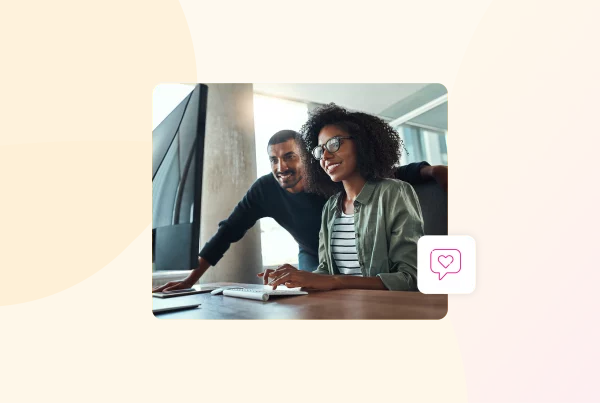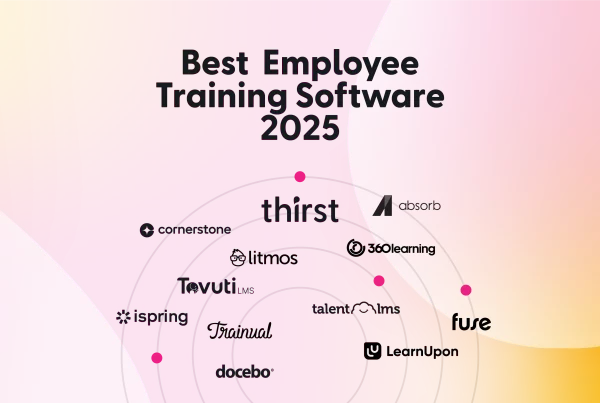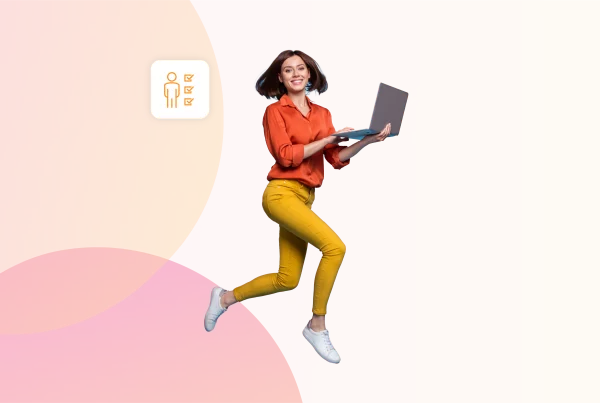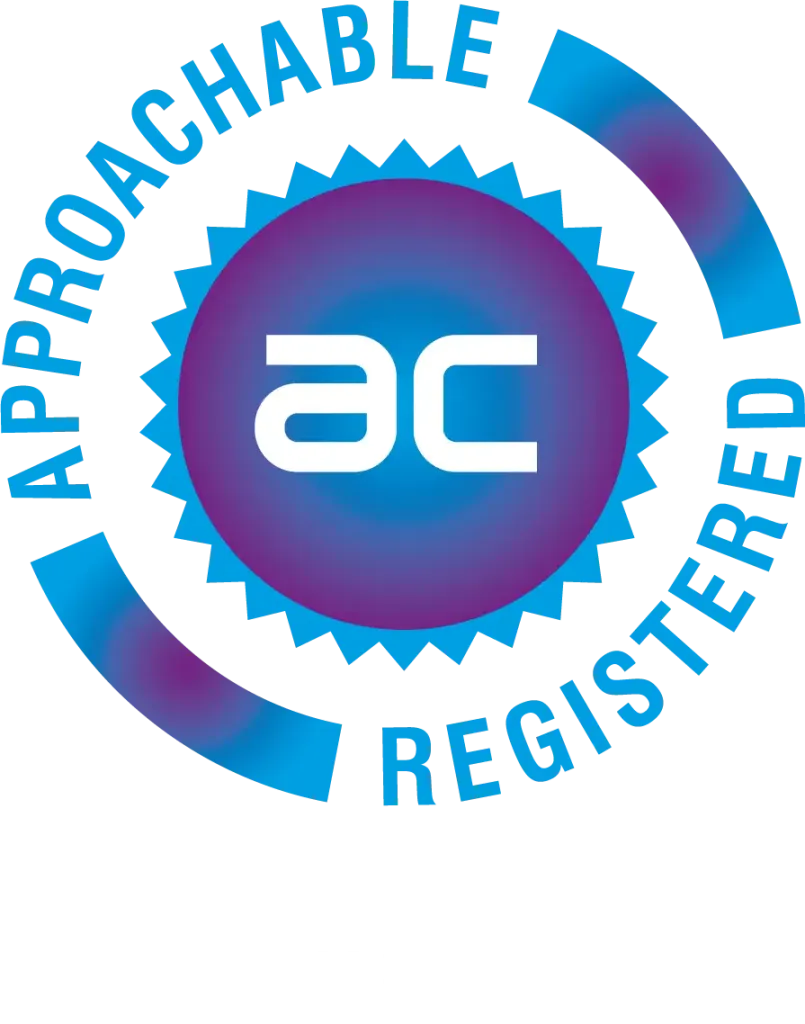Learning to drive is a rite of passage for most. A catalyst to independence. Car keys are the golden ticket to freedom. Countless horizons await. Experiences to savour. The world will soon be your oyster. 🚗 🌈
But before you hit the tarmac and put everything that’s happening in your life in the rearview mirror, there’s the significant matter of gaining confidence behind the wheel, clocking the miles and conquering the learning curve.
Driving, like so many other things, is very much about building theoretical knowledge and applying what you’ve learned in practice.
You might know the highway code back-to-front and inside out, but until you get behind the wheel to seek new horizons, your journey along the learning curve won’t be complete. 🌈 🌞
Don’t forget, the more we learn and experience the better we get. And not just with driving. Life is one big learning curve from the moment we’re born. 👍
To better understand this and the role of the learning curve in L&D, we’ll need to dive into its theory, examples and formula in a little more detail, starting with learning curve theory. ⬇️
What is the Learning Curve Theory?
The learning curve is the relationship between a learner’s competency in completing a task and the time needed to become proficient in said task.
This is represented by a simple line graph, which represents the five different competency stages. 📈
The theory proposes that a learner’s efficiency improves over time. Practice makes perfect.
The more you learn and practice the knowledge acquired, the more competent you become, until you finally reach expert levels. 🙌
First described by Dr Hermann Ebbinghaus in 1885 who, after evaluating his own memory over time, formulated a graph to demonstrate the rate of lost information. He posited that after a mere 20 minutes, just 60% of the information would be retained.
After seven days that figure plunged dramatically to 10%. But this obviously depends on the individual learning experience and the learner themselves. 😲
The foundations of modern microlearning theory are very much based on Ebbinghaus’ memory studies. The principle of repetitive learning in small chunks to maximise retention has to be proven quite effective. This is true whether you’re trying to master playing the bassoon or becoming fluent in Cantonese. 💹
The theory helps us to understand when and why we forget information and what we must do to ensure maximum retention potential.
The Five Stages of the Learning Curve
People learn at their own pace and in their own way. As we’ve just mentioned, personality types, experience, and more all play a role in how we learn.
However, how we progress up the learning curve always follows several key stages.
✅ Unconscious Incompetence
The primary learning phase is unconscious incompetence. This is when the learner is unaware that they have a specific skill or knowledge gap.
They may not necessarily recognise the deficit, or even deny the usefulness of the skill. 😕
✅ Conscious Incompetence
At this stage, the learner is aware of the skill and knowledge gap. And understands the importance of acquiring what they’re lacking. Learning begins at this stage. Schools in session. ⏲️
✅ Conscious Competence
As the learner progresses along the learning curve, they develop conscious competence.
The learner knows how to perform the task or apply the skill. But, at this stage, this process requires a thoughtful approach and more experience for it to become second nature. 😕 💭 💡
✅ Unconscious Competence
The penultimate stage on the learning curve sees the learner able to perform the skill automatically and unconsciously, without thinking too much about it. 🤓
✅ Reflective Competence
Upon reaching the pinnacle of the learning curve, people are willing and able to reflect on what they have learned, understand the underlying systems of the skill, and offer constructive feedback to others yet to reach this stage. The student has become the master. 🧑🏫
Benefits You Can Reap If You Implement the Learning Curve Model in the Workplace
L&D is vital in the workplace. And this cannot be overstated. Optimise everyone’s understanding and you’ll optimise their performance.
Employ the learning curve model and you’ll do just that. Below are a handful of the benefits your workplace will reap with a learning curve model.
💸 Reduce Costs
As colleagues become more proficient, they become more efficient.
This means less time to complete tasks and an overall reduction in labour costs. But that’s not it. It’ll also optimise valuable resources like time, leading to reduced production costs. 💰
🏆 Experience = Proficiency
The more experience colleagues have, the better understanding they have of the processes.
Let’s say that you have a bespoke HR platform that everyone has access to. If the summer months are upon us and everyone’s booking annual leave to stretch a bank holiday weekend that one extra day to enjoy the seldom British sunshine.
Experience is the name of the game. If you’ve requested annual leave ten, fifteen, a hundred times before, you’ll be able to request it in seconds. You’re reaching, or have reached, the top of the learning curve. 🙌
🔄 Continuous Learning and Development
The learning curve model emphasises continuous L&D.
As colleagues become more skilled, they become more valuable. The learning curve model supports this, ensuring that everyone can optimise their skills. 😊
📈 Predictive Performance
Over time, the learning curve model helps to establish predictable performance improvement patterns.
These insights allow organisations to better forecast and plan for the future. Historical data makes it easier to estimate how long it’ll take for someone to become proficient or for new processes to become second nature.
🤔 Risk Mitigation
As everyone in an organisation climbs the learning curve, the risk factor descends.
Why? People learn to anticipate risk, developing strategies and contingency plans based on previous experience. This transcends new process introduction, commercial disruption, and even some market volatility. 📊
The Learning Curve Formula
The learning curve phenomenon is represented by the formula Y = aXb.
Y is the average time over a measured duration.
a is the time to complete the task for the first time.
X is the total number of attempts completed.
b is the slope of the function.
This formula can be used as a prediction matrix to forecast future performance. According to the formula, the more attempts required to complete the task, the more the cumulative completion time will decrease.
For L&D, the formula can be used to predict rates of learning or even help businesses to predict productivity.
Examples of the Learning Curve in Workplace Learning
There are four primary types of a workplace learning curve that impact company decision-making.
They’re distinguished by learning path progress and what you’re measuring.
Keep reading below to find out more. 👇 👇
✅ The Diminishing Returns Learning Curve
Something that’s easy to learn, with rapid progression to proficiency before plateauing at the expert level is defined by the diminishing returns learning curve.
This can be applied to straightforward tasks, like learning new co-workers’ names, how to book a meeting room, scheduling work in a calendar, and even sending emails. 📧
Upon reaching the plateau, individuals reach full proficiency, and in some cases, lose motivation and interest.
✅ The Increasing Returns Curve
A complex task, one that’s challenging to master and has a slow learning rate, is typically defined by the increasing returns curve.
As you become more proficient, the learning rate will be slow, before increasing to the point of high proficiency. Bottom line, it’s all about experience.
Examples of the increasing returns curve include learning to navigate an internal CRM or how to communicate with each of your organisation’s high-value clients. 🧑💻
✅ The S-curve
A skill that’s difficult to grasp, followed by competence the more experience as you garner more experience, and then more concerned effort to master, is defined by the S-curve.
As you reach proficiency, learning tends to taper off, indicating the maximum knowledge has been acquired.
The S-curve is aptly applied to more complex, scalable workplace learning, such as learning to navigate leadership positions, from team leader or supervisor roles to departmental managers, and C-suite positions. 🧑💻
✅ Complex Learning Curve
Tasks that require a considered, committed, often continual learning process are best represented by the complex learning curve.
Characteristics of this curve are a slow learning process, followed by an increase in proficiency as the learner becomes more knowledgeable and efficient. 🖥️
The third stage of the complex learning curve tends to demonstrate that learner knowledge is plateauing. The last two stages of the complex learning curve indicate learners will continue to acquire knowledge and improve on their existing skills, and finally committing the skill to muscle memory, when application becomes automatic.
Think about performing medical diagnoses on patients. Procedures and treatments evolve. Especially medical technology, in-face AI is now being integrated into MRI machines for more accurate diagnoses and patient care treatment.
The learning experience is a journey. One that requires a commitment to continuous improvement. 👩⚕️
Optimise Your Learning Curve to Strengthen the Workplace
Understanding the workplace learning curve and, not only will you be able to scale the knowledge, talents, and abilities of everyone in the workplace, but you’ll foster a strong, supportive, ambitious, knowledgeable workplace. Fast!
This is paramount in today’s modern working environment.
Organisations must get employees up to speed fast, implementing scalable learning strategies to continually optimise learning as quickly as possible.
The good news is that you can easily leverage Thirst’s innovative L&D platform and build a robust L&D infrastructure that reflects an optimum learning curve to bolster scalable learning across the whole organisation.
Bottom line: optimise the learning curve and you’ll strengthen your workplace. Period.
Got 2 Minutes?
If your organisation is suffering as a result of disengaged learners, then Thirst can help. 🔥
As an AI-powered learning platform, Thirst is empowering organisations big and small to level up learner engagement and create learning experiences designed for the modern learner.
Take the guided tour today and see Thirst in action.
For more e-learning insights, resources and information, discover the Thirst blog.
You may also enjoy:
10 Key Benefits of Effective Employee Onboarding | What is Bite-Sized Learning? [Definition, Examples & Benefits] | What is Learner Autonomy? The Ultimate Guide







